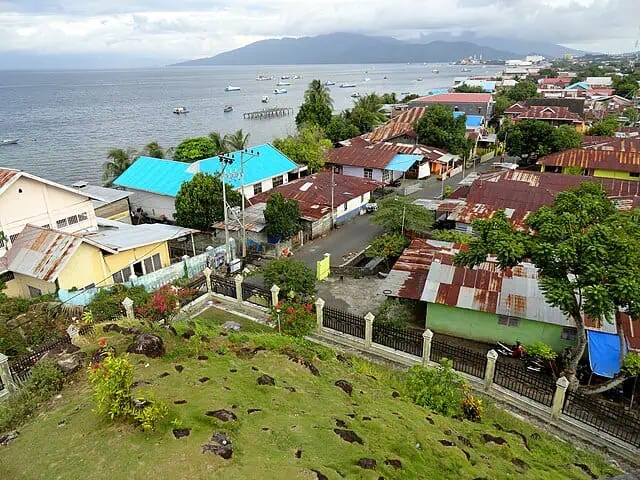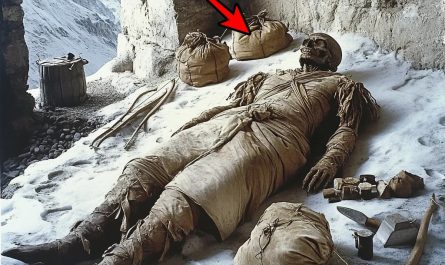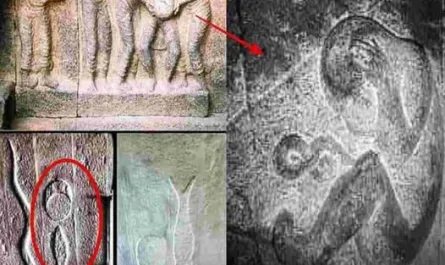As architectural conventions fade and engineering reaches unprecedented heights, unusual design choices are more common than ever before. Perhaps the most extreme epitome of this trend is buildings whose shape is modeled after a certain object or animal, whether a bottle, a pineapple, or even an elephant, and the examples are too many to count. Yet, few would expect a 16th-century seaside fort in Indonesia to join this list. Its peculiar resemblance to male genitalia has made it an online sensation, drawing attention away from its historical origins.

At first glance, the hilltop structure in Ternate City, located in Indonesia’s North Maluku province, appears to be just another fortress left by Europeans during their quest to control vital trade routes. But appearances can be deceiving as this seemingly unassuming edifice bears a very distinct design – its layout is reminiscent of a certain part of male anatomy typically concealed by clothing.
Known as Fort Tolukko, this historic landmark hides within its confines centuries of power struggles and colonial ambition. Constructed in 1522 by the Portuguese, the structure initially served as a strategic stronghold whereby they dominated the lucrative clove trade, an industry that made the Maluku Islands famously known as the “Spice Islands”.
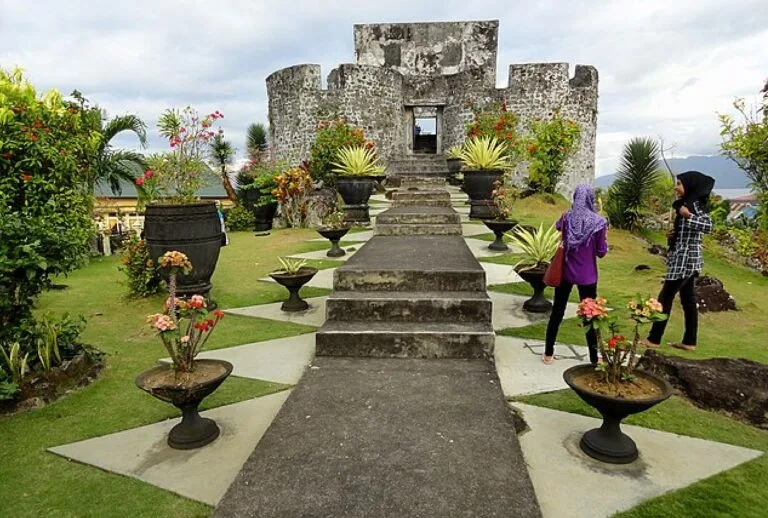
Interestingly, the fort’s phallic-like shape was not a deliberate attempt to court controversy but rather a practical response to the narrow cape on which it was constructed. This design optimized the fort’s defensive capabilities, leveraging the terrain to provide a strategic vantage point. From this position, its occupants could monitor the surrounding waters and effectively defend the landing area below, remarkably free of natural barriers like coral reefs.
The Portuguese originally named the fort São Lucas, utilizing it as both a defensive post as well as a storage site for valuable spices. Their monopoly over the clove trade was cemented by treaties that heavily skewed in their favor, a strategy that bred resentment among the indigenous Ternatean people.
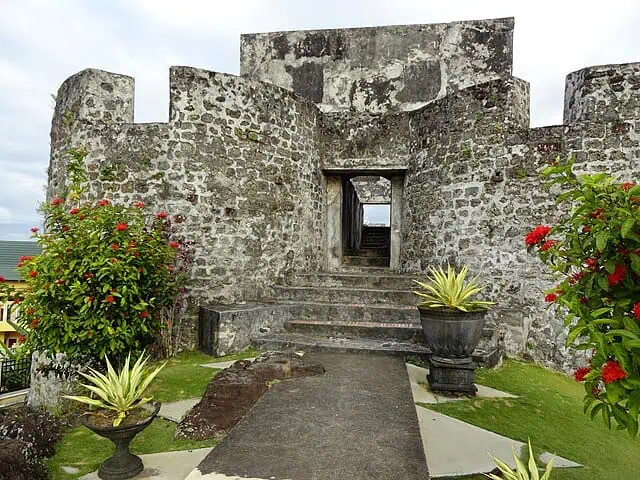
This simmering discontent erupted into a conflict in 1575, when Sultan Baabullah led his forces to expel the Portuguese from the island. Once under the Sultanate’s control, the fort was repurposed as a royal residence.
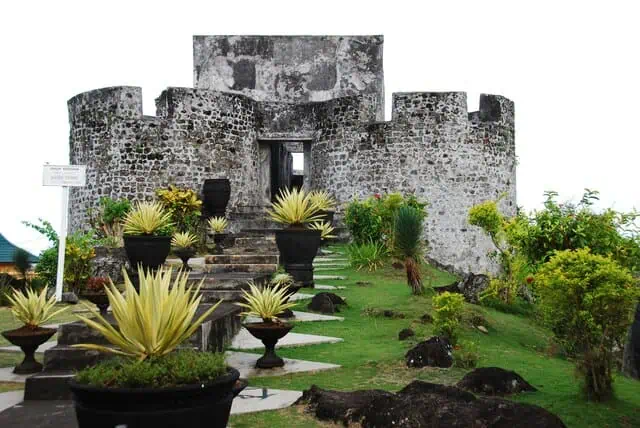
The fort saw numerous changes of hands throughout its history. The Dutch seized and refurbished the structure in 1610, rechristening it Fort Hollandia and turning it into a vital point in their expanding network of defenses.
Later, the Spanish briefly occupied the fortress during their push into the Moluccas, renaming it San Juan de Toluco. However, their tenure was short-lived, with logistical challenges and the proximity of powerful Dutch strongholds, such as Fort Oranje, making their position untenable. Ultimately, the Spanish withdrew and the Dutch promptly reclaimed the site.
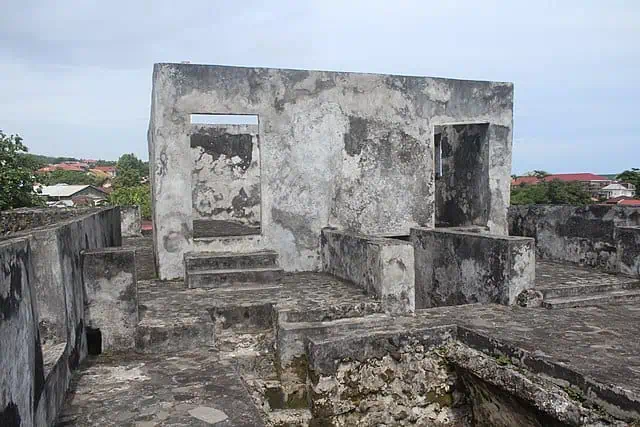
In the late 17th century, the fort gained its current name, Fort Tolukko, possibly in reference to Kaicil Tolukko, a Sultan of Ternate whose rule began in 1692. Despite its storied past, Fort Tolukko’s military significance waned over time. By 1864, the Dutch, who acknowledged its state of disrepair, ordered its decommissioning.
A later renovation in 1996 aimed to preserve the fort as a cultural landmark, though poor conservation practices led to the loss of key historical features, including tunnels that once connected it to a nearby beach landing.

Today, the building stands as a symbol of Ternate’s tumultuous past, and most notably of the region’s colonial legacy. Its narrow, Iberian-style architecture and scenic location offer visitors a fascinating glimpse into an era where European powers and local sultanates vied for control over the ample resources the archipelago has been blessed with.
